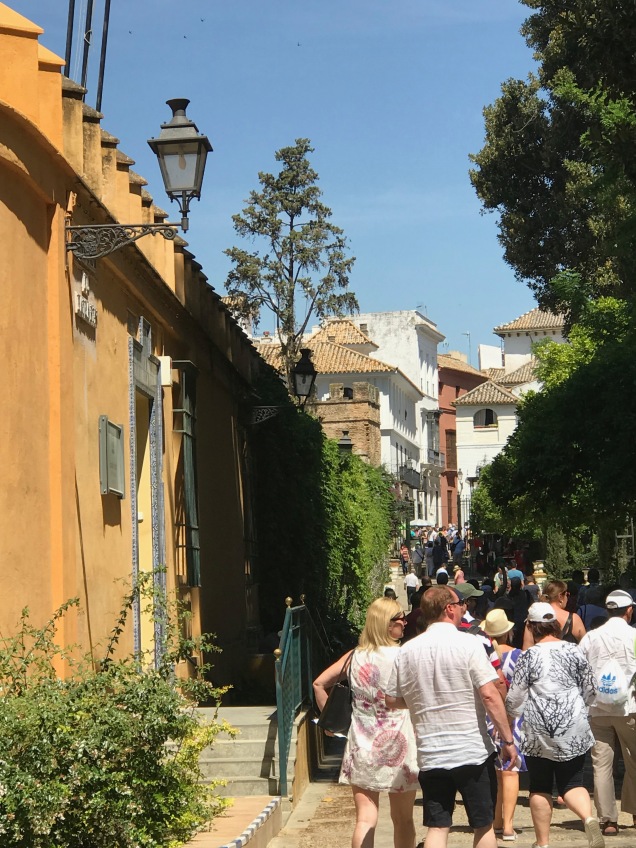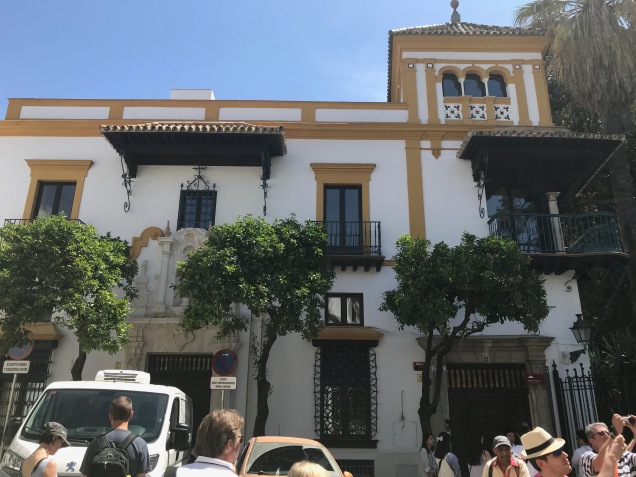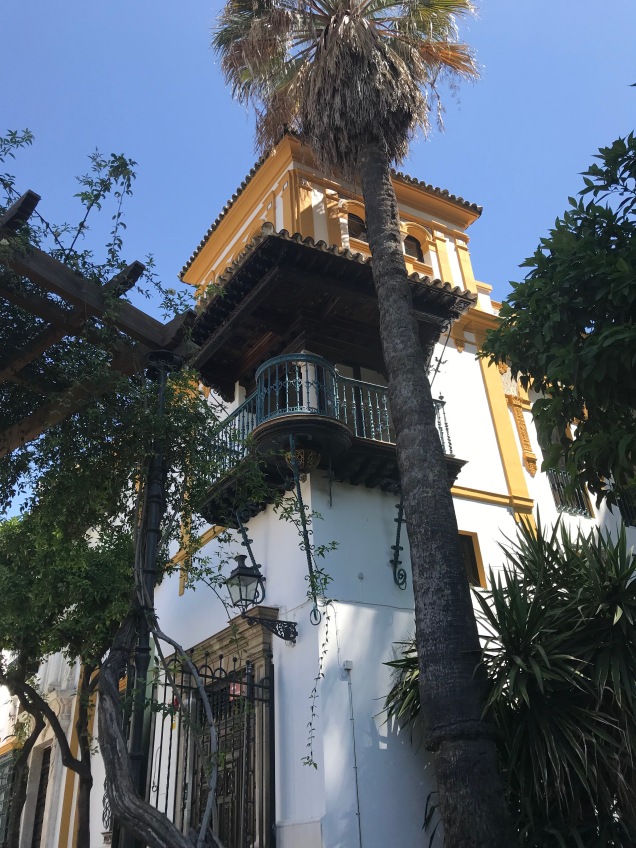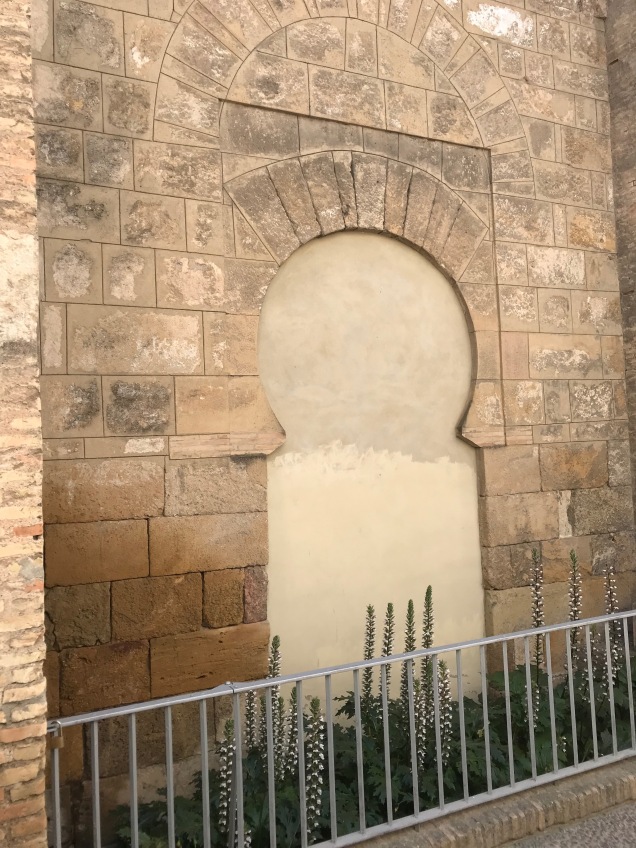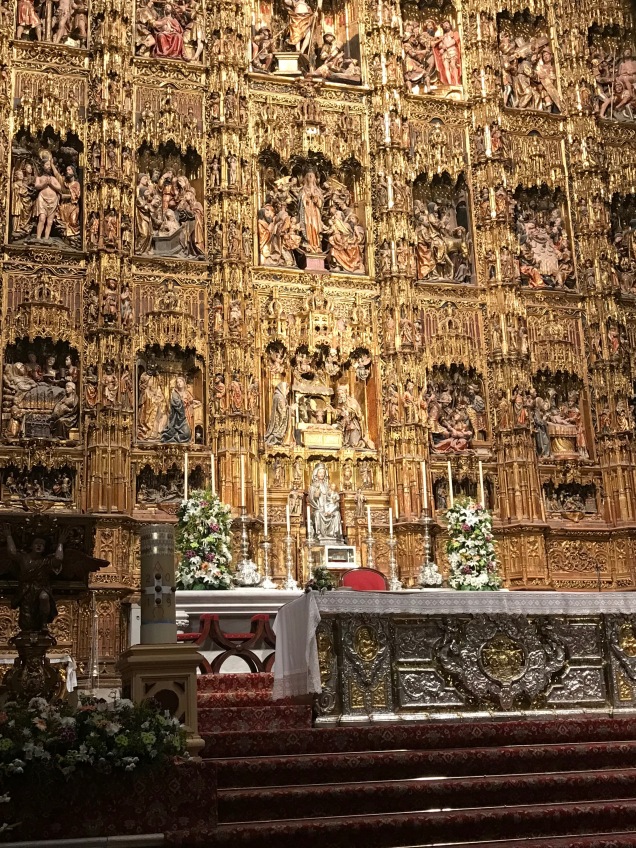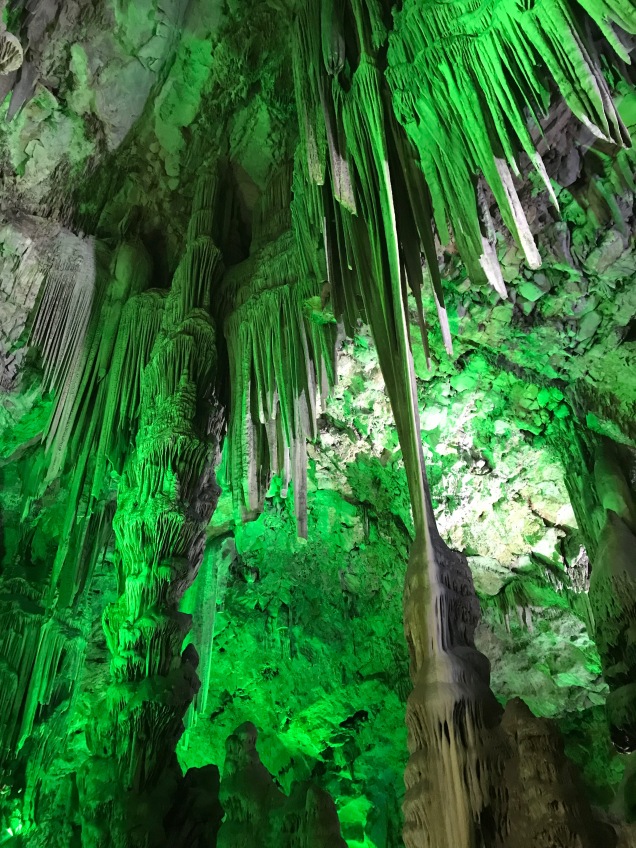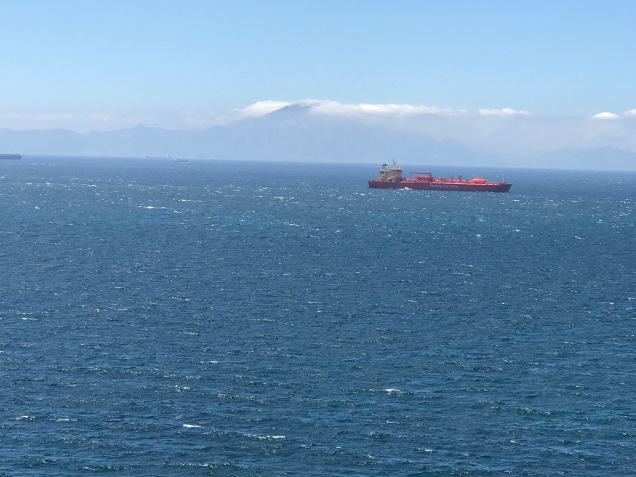We took our first Spanish vacation in Andalusia. It is the southern most area of Spain and boarders the Mediterranean Sea on the south and the Atlantic on the west. The the Mediterranean beach area is called Costa del sol. The territory has eight provinces that also match the names of the cities in the provinces. Of those we visited Seville, the capital of Andalusia, Cordoba, Granada, and Malaga. We also visited Gibraltar, a small peninsula in Andalusia on the Mediterranean Sea that is part of the United Kingdom. And I took a day trip to Tangier Morocco. See other posts in this blog for more about those locations.
Andalusia’s history, culture and language has been heavily influenced by the Iberians, Visigoths, Romans, Greeks, Jews, Muslim Moors and Christians. The name is derived from the Arabic word Al-Andalus.
Our “base camp” was a condominium in Calahonda, a small town southwest of Malaga. We lived in a neighborhood that was interspersed with a few hotels. You could see the influence from the Muslim Moors in many of the buildings. We found this a very relaxing environment. It was quiet, peaceful, with beautiful views of the Mediterranean Sea. On a Sunday afternoon we found a large flee market that was fun to visit





The Luna Beach and all the beaches in Calahonda were within close walking distance. The beaches consisted of sand and very tiny and medium sized stones. Larger rocks were near the beach in the water, which was a beautiful blue. Many people were sun bathing, fishing, or walking along the beach. There were few swimmers as the water was on the cool side.
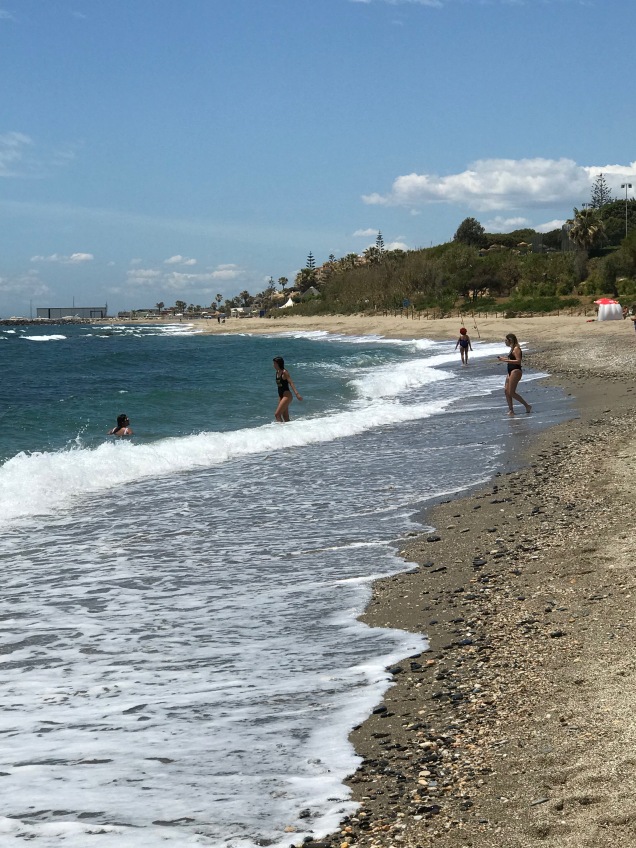


We had an opportunity to eat at a new restaurant called Max which was part of a beach club on Max Beach. The views were great, service and food were excellent.

We took a local bus to Marbella and Fuengirola on two separate days. They both have yacht harbors, nice beaches and lots of good restaurants and shopping. We explored the towns on foot for a few hours, but much more time can be devoted to both towns. In Marbella we found a local church that looked very old. It is quite a contrast between it and the large cathedrals throughout Spain, but this is the type of place where most people worship. Both towns are old with narrow streets that have lots of flowers and courtyards.
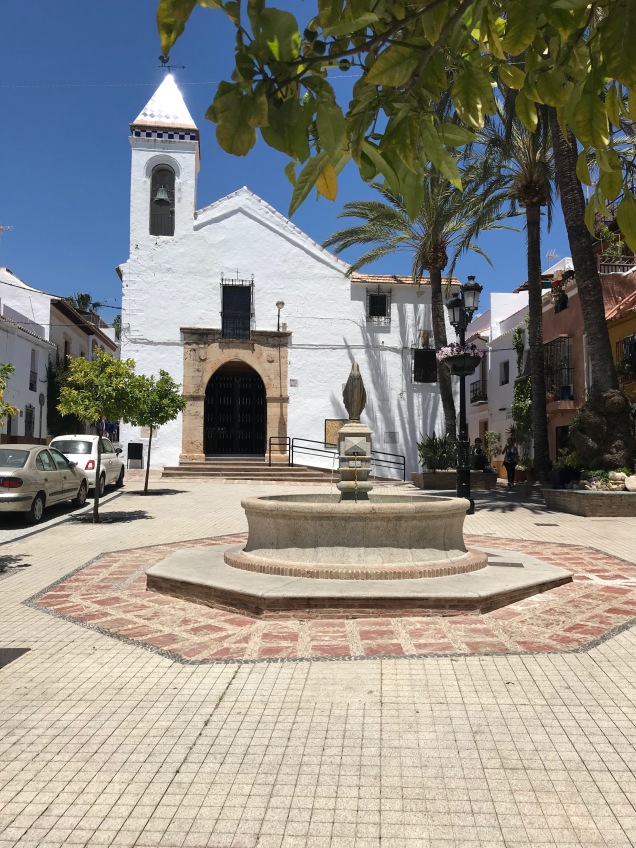
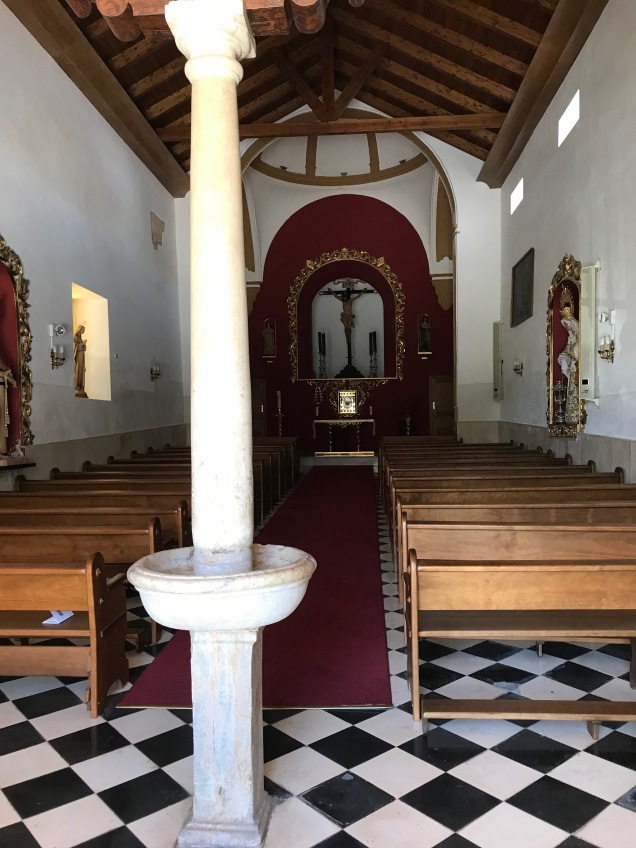




Most of our time in Fuengirola was directed to a huge market that was held each Tuesday from about 9:00 am to 1:00 pm. There were some tourists there, but mostly local people. It was great fun. The merchandise was good and the prices fair.










